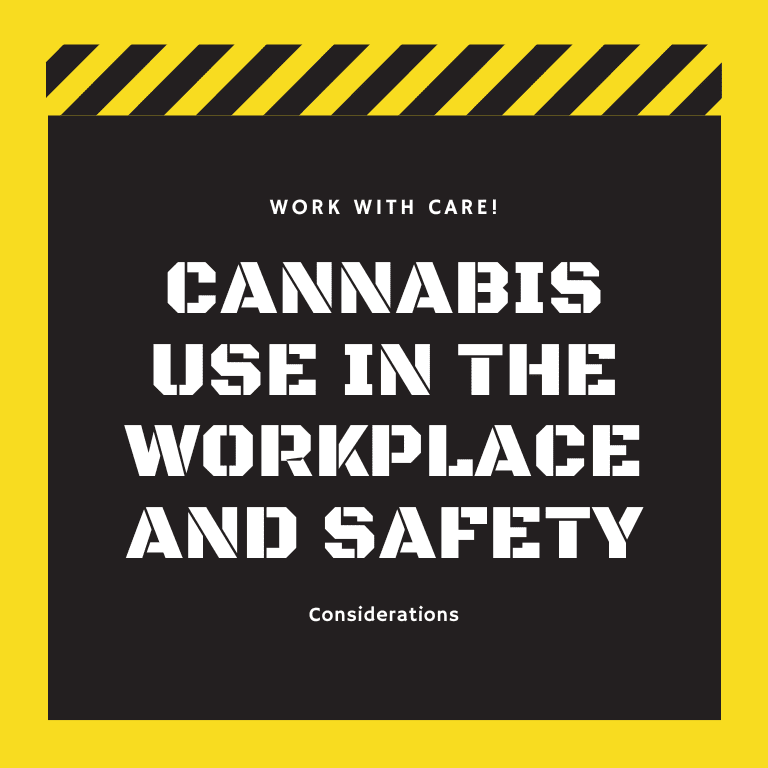Managing Risk: Cannabis Use in the Workplace and Safety Considerations

The landscape of cannabis legalization is rapidly evolving, with more states embracing both medical and recreational marijuana use. Alongside this trend, there has been a notable shift in employment protections for cannabis users, posing significant challenges for employers striving to maintain both compliance and workplace safety.
The Evolution of Cannabis Laws
The rapid spread of marijuana legalization in states has slowed in recent years, but legislative efforts in cannabis-friendly jurisdictions have included expanded employment protections for both medical and recreational cannabis users. These laws vary in scope but generally make it more challenging for employers to discipline employees solely based on positive drug tests for THC, with some states requiring objective evidence of present impairment to support work-related penalties for marijuana use.
Reconciling Compliance and Workplace Safety
While these cannabis laws aim to protect the rights of employees, they create significant challenges for employers striving to reconcile compliance with both state and federal occupational safety and health laws. The Occupational Safety and Health Administration’s (OSHA) general duty clause and equivalent laws in state plans mandate employers to maintain workplaces free from recognized hazards likely to cause death or serious physical harm. However, conflicting state laws regarding marijuana use and workplace discipline create an uncertain legal landscape for employers, necessitating a careful balance of legal risks and operational priorities.
Expanding Employment Protections
Currently, 24 states and Washington, D.C., permit non-medical adult use of marijuana, while 38 states and D.C. allow some form of medical marijuana use. Recent legislative changes have provided additional protections for marijuana users in the workplace. For instance, several states now restrict employers from taking adverse action against employees who test positive for marijuana without evidence of impairment. These laws challenge traditional drug testing policies and require employers to show additional evidence of impairment or possession of marijuana at work to justify disciplinary actions.
Compliance with Workplace Safety Obligations
While state-level efforts aim to reduce employment barriers for marijuana users, employers must not overlook their obligations to maintain safe workplaces. Employers must take reasonable steps to prevent at-work impairment among employees, especially those in safety-sensitive positions. However, some state laws limit the use of positive drug test results, creating potential conflicts with an employer’s workplace safety obligations. Organizations must carefully navigate these legal complexities and ensure compliance with both state laws and workplace safety standards.
Documenting Evidence of Impairment
In navigating the patchwork of state laws regarding marijuana use, employers must develop new strategies to determine employee impairment effectively. Rather than relying solely on positive drug test results, employers should document evidence of present impairment, such as observable symptoms like confusion or impaired job performance. Training supervisors to detect impairment and documenting evidence can strengthen an employer’s position when addressing potential disciplinary actions.
Understanding and Balancing Legal Obligations
Employers with existing drug testing or drug-free workplace policies should review relevant laws in their states of operation. While state laws may provide employment protections, employers must also prioritize workplace safety obligations. Understanding the potential impact of these laws and making intentional choices about operational strategies are crucial for navigating the evolving landscape of cannabis legalization and employment protections.











